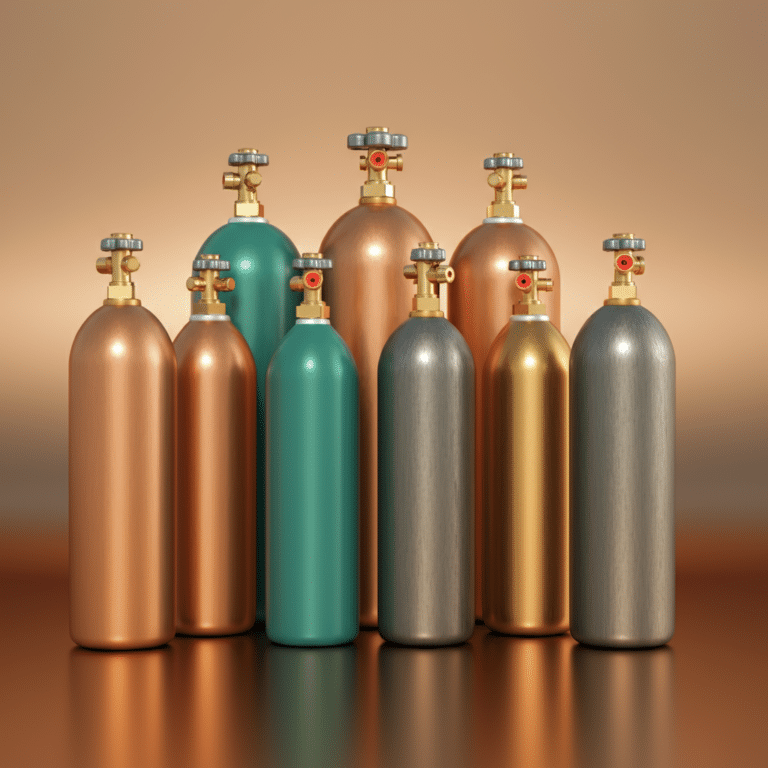Nitrous oxide is a gas of many uses, from medical procedures to party tricks. While it’s great for pain relief and sedation it also has risks that can affect your physical health and the planet. Here’s the lowdown on nitrous oxide, uses, effects, risks and regulations.
What is Nitrous Oxide?
Definition and Uses
Nitrous oxide (N₂O) is a colourless, non-flammable gas with a faint sweet smell. It has many uses:
- Medical Use: In medicine nitrous oxide is used for its anesthetic and analgesic properties. It’s used in dental and surgical procedures to relieve pain and anxiety. Medical use is highly regulated and involves combining it with oxygen to ensure patient safety.
- Food Industry: In the food industry nitrous oxide is used as a propellant in whipped cream canisters and other aerosol products. It helps create a light airy texture in products like whipped cream.
- Recreational Use: Recreationally nitrous oxide is inhaled for the euphoric effects. The gas is used at parties or social gatherings to induce a state of relaxation and mild hallucinations, commonly referred to as “getting high”.
- Industrial Use: In industry nitrous oxide is used to enhance engine performance, particularly in motorsports. It’s an oxidiser in rocket propulsion systems and used in the production of many chemicals including nitric acid and adipic acid.
Limited Edition Deal! Smartwhip 640g – Now £26.95
Dissociative Drug
Nitrous oxide is a dissociative drug which means it alters perception, consciousness and emotional state. When inhaled it can produce feelings of euphoria, relaxation and detachment from reality. These effects are short lived, lasting only a few minutes.
Nitrous Oxide Use
Administration and Immediate Effects
Nitrous oxide is inhaled by releasing gas from cartridges into a balloon or directly into the mouth. Effects are felt almost immediately after inhalation and can include:
- Euphoria: Feeling of extreme happiness and well-being.
- Relaxation: Feeling of calm and reduced anxiety.
- Dissociation: Feeling of detachment from surroundings or self.
These effects are temporary, usually only a few minutes, which is why the gas is popular for short bursts of recreational use.
Health Impacts
While nitrous oxide can provide temporary relief and enjoyment it’s associated with several health risks:
- Vitamin B12 Deficiency: Regular use of nitrous oxide can lead to a deficiency in vitamin B12 which is essential for nerve function and red blood cell formation. This deficiency can cause neurological damage, numbness, tingling and difficulty walking.
- Nerve Damage: Long term use of nitrous oxide can cause permanent nerve damage due to vitamin B12 deficiency.
- Addiction and Dependence: Chronic use of nitrous oxide can lead to addiction and psychological dependence, requiring larger and larger doses to get the same effect.

£27.50 Original price was: £27.50.£21.50Current price is: £21.50. inc. VAT
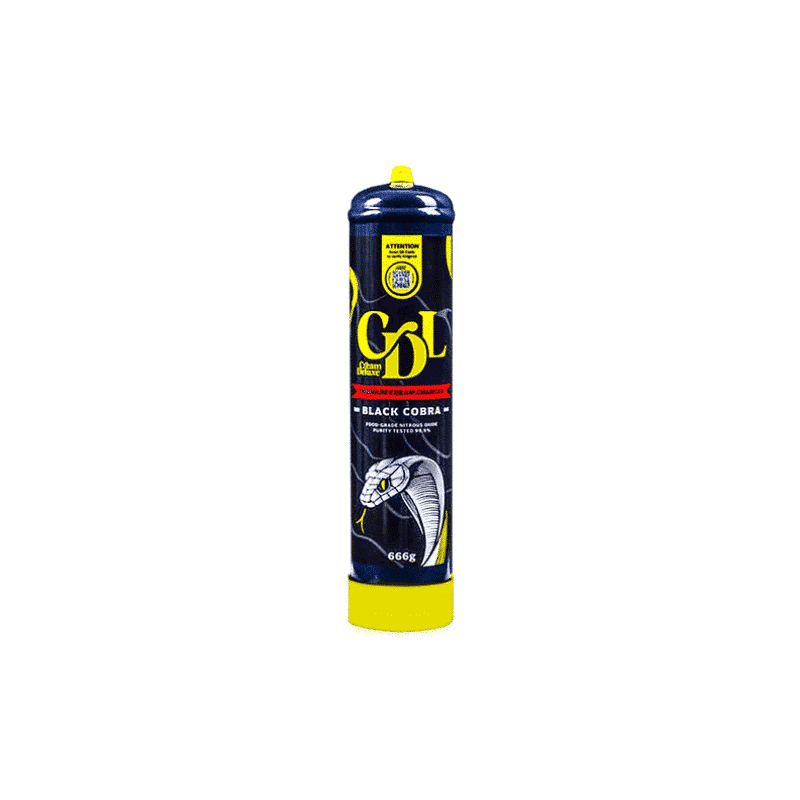
£26.95 Original price was: £26.95.£21.95Current price is: £21.95. inc. VAT
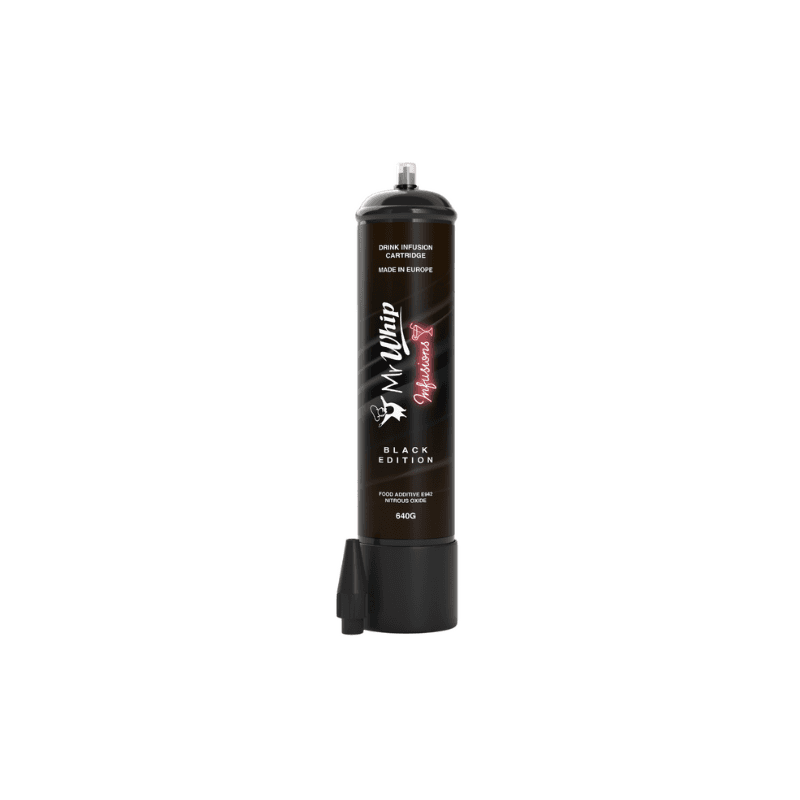
£23.95 Original price was: £23.95.£19.99Current price is: £19.99. inc. VAT

£29.95 Original price was: £29.95.£19.95Current price is: £19.95. inc. VAT

£77.95 Original price was: £77.95.£67.95Current price is: £67.95. inc. VAT
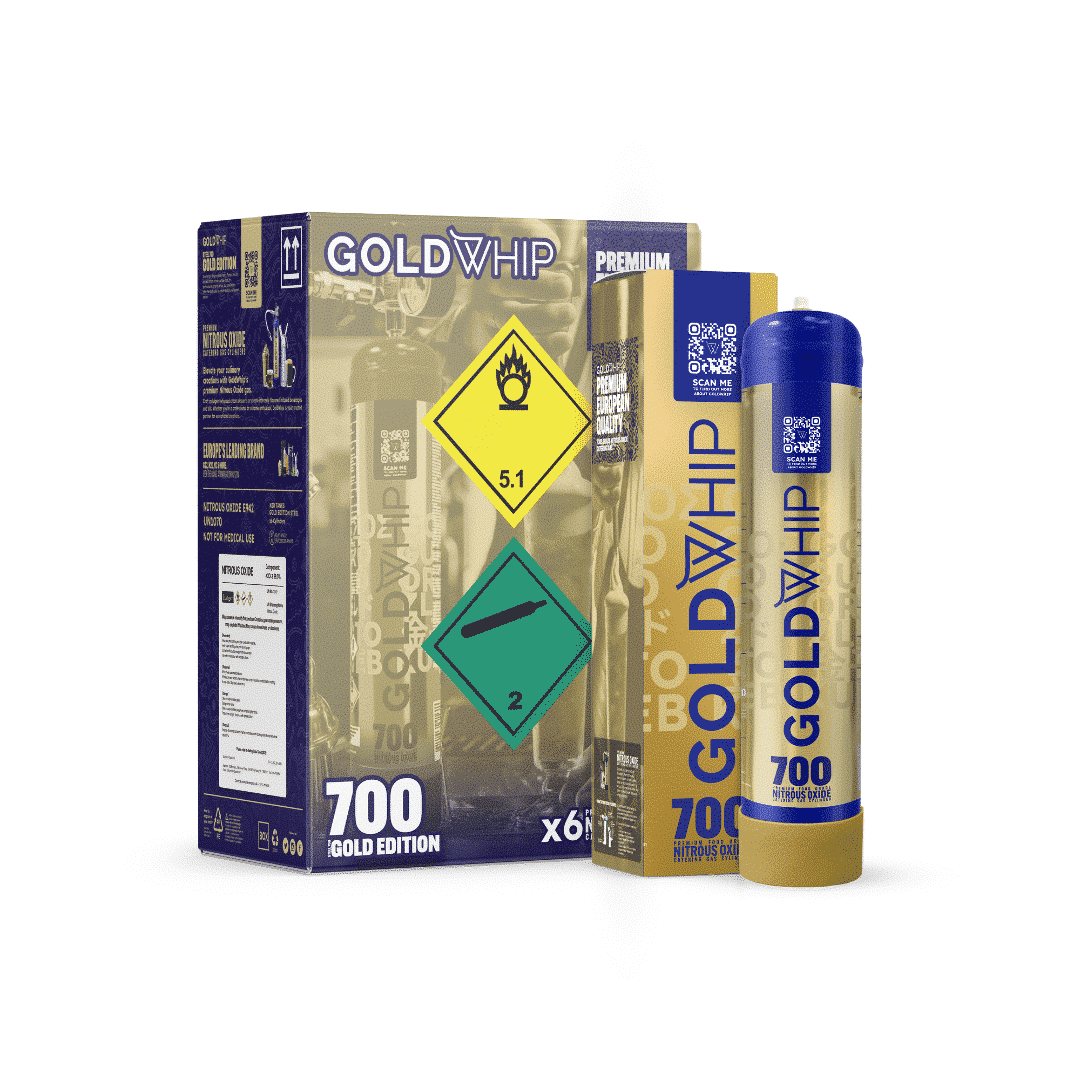
£27.95 Original price was: £27.95.£19.99Current price is: £19.99. inc. VAT
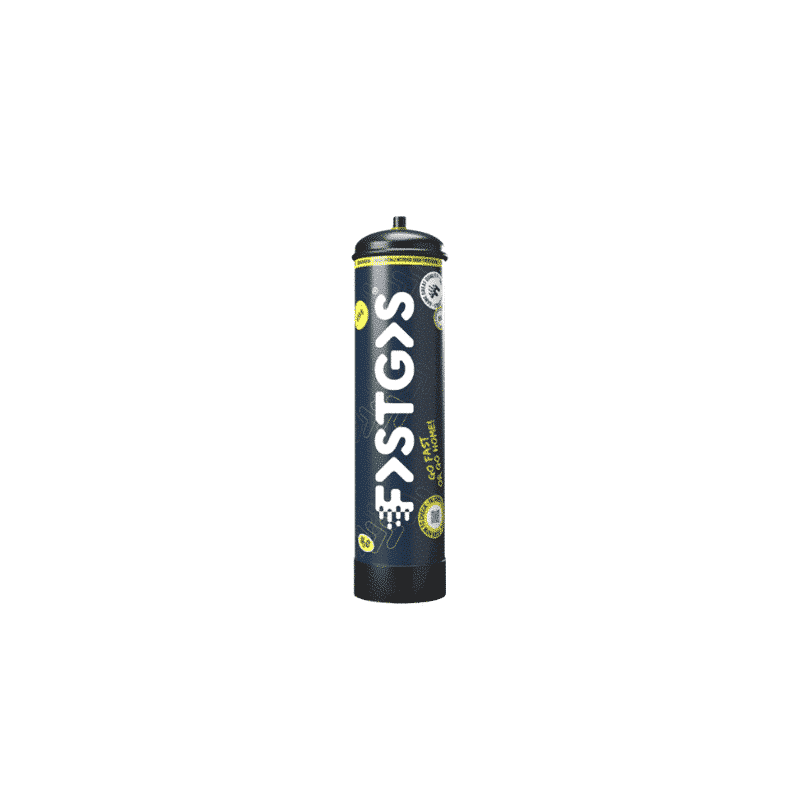
£24.98 Original price was: £24.98.£20.98Current price is: £20.98. inc. VAT

£36.95 Original price was: £36.95.£26.95Current price is: £26.95. inc. VAT
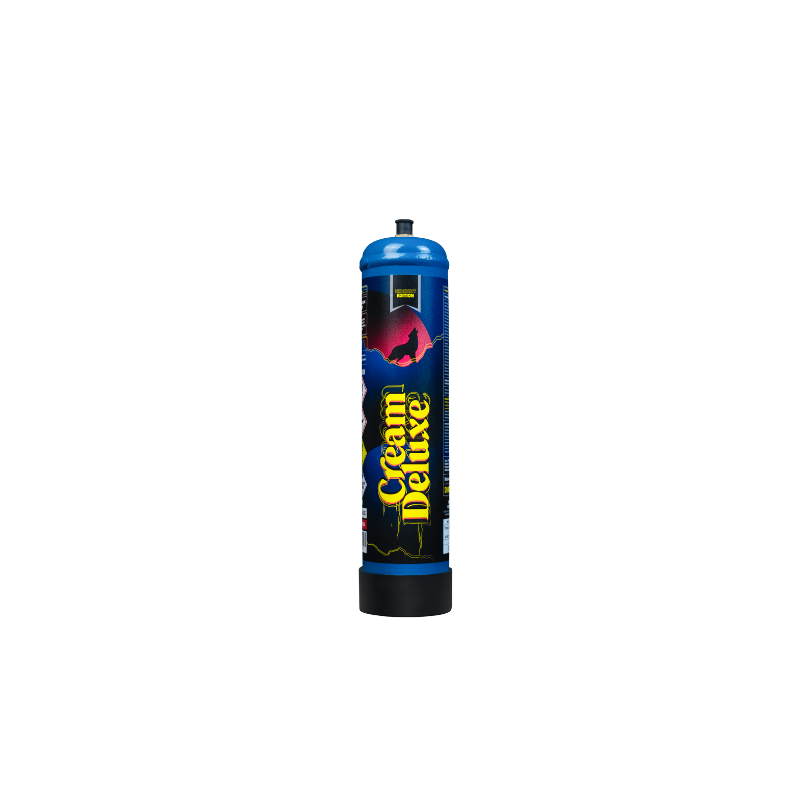
£24.95 Original price was: £24.95.£20.50Current price is: £20.50. inc. VAT

£35.00 Original price was: £35.00.£27.95Current price is: £27.95. inc. VAT
Recreational Risks
Recreational use of nitrous oxide has several risks:
Overdose and Oxygen Deprivation
Inhaling large amounts of nitrous oxide can cause oxygen deprivation which is when the gas displaces oxygen in the lungs. This condition is called hypoxia and can have severe consequences:
- Respiratory Depression: Slowed or stopped breathing which can lead to cardiac arrest.
- Diffusion Hypoxia: A condition where inhaling nitrous oxide causes a temporary decrease in the level of oxygen in the blood stream, causing dizziness, headache and fainting.
- Postoperative Nausea and Vomiting: Common after the gas is used in medical procedures and can affect the recovery.
Accidents and Injuries
The dissociative effects of nitrous oxide can impair judgment and coordination and increase the risk of accidents and injuries. Users may experience:
- Impaired Coordination: Difficulty with physical movement and motor skills, accidents.
- Altered Perception: Changes in how one perceives time, space and self which can lead to dangerous behaviour.
Drug and Alcohol Dependence
Recreational use of nitrous oxide can lead to dependence on other substances. The euphoric effects can encourage users to combine nitrous oxide with alcohol or other drugs and increase the risk of serious health problems and addiction.
Nitrous Oxide Sedation
Medical and Dental Use
Nitrous oxide is used in medical and dental settings for its sedative and analgesic properties:
- Sedation: Reduces anxiety and discomfort during procedures. It’s combined with oxygen to ensure patient safety and to maintain a stable oxygen level in the body.
- Pain Relief: Relieves pain, makes it easier for patients to undergo procedures without much distress.
Benefits and Risks of Sedation
Benefits:
- Pain Relief: Works well in reducing pain and discomfort during procedures.
- Reduced Anxiety: Patients remain calm and relaxed.
- Increased Cooperation: Easier for patients to follow instructions and cooperate with medical staff.
Risks:
- Respiratory Depression: Overuse or misuse can cause slowed breathing.
- Diffusion Hypoxia: Can cause temporary oxygen deprivation after use.
- Postoperative Nausea and Vomiting: Common side effects that can affect recovery.
- Hyperhomocysteinemia and Subacute Myeloneuropathy: Long term use can cause high levels of homocysteine in the blood and nerve damage.
Environmental Impact
Greenhouse Gas Effects
Nitrous oxide has a high global warming potential. It’s a potent greenhouse gas with 265 times the atmospheric heat-trapping ability of carbon dioxide. Its environmental impact:
- Greenhouse Gas Emissions: Traps heat in the atmosphere.
- Ozone Layer Depletion: Can break down the ozone layer which protects us from UV radiation.
Sources of Emissions
Nitrous oxide emissions come from:
- Burning Fossil Fuels: Combustion of fossil fuels releases nitrous oxide into the atmosphere.
- Manufacture of Nitric Acid and Adipic Acid: Industrial processes in these sectors emit nitrous oxide.
- Agricultural Practices: Use of nitrogen based fertilizers in agriculture also releases nitrous oxide.
Legal Use of Nitrous Oxide
Medical and Industrial Applications
Nitrous oxide has many legal uses:
- Medical Procedures: Used for pain relief and sedation during surgeries and dental work.
- Food Industry: Used as a propellant in whipped cream cans and other aerosol products.
- Industrial Processes: Used in the production of chemicals and in engine performance enhancement.
Regulation and Licensing
The use of nitrous oxide for these purposes is regulated:
- Licensing: Requires a license for legal use especially in medical and industrial use.
- Regulation: Government regulates its distribution and use to prevent misuse and ensure safety.

£27.50 Original price was: £27.50.£21.50Current price is: £21.50. inc. VAT

£26.95 Original price was: £26.95.£21.95Current price is: £21.95. inc. VAT

£23.95 Original price was: £23.95.£19.99Current price is: £19.99. inc. VAT

£29.95 Original price was: £29.95.£19.95Current price is: £19.95. inc. VAT

£77.95 Original price was: £77.95.£67.95Current price is: £67.95. inc. VAT

£27.95 Original price was: £27.95.£19.99Current price is: £19.99. inc. VAT

£24.98 Original price was: £24.98.£20.98Current price is: £20.98. inc. VAT

£36.95 Original price was: £36.95.£26.95Current price is: £26.95. inc. VAT

£24.95 Original price was: £24.95.£20.50Current price is: £20.50. inc. VAT

£35.00 Original price was: £35.00.£27.95Current price is: £27.95. inc. VAT
Law and Regulation
Legal Status
Nitrous oxide is a Class C drug in many countries. This means:
- Possession: Illegal without a proper license or legitimate reason.
- Export and Import: Regulated to prevent misuse and ensure it’s used for its intended use.
Psychoactive Substances Act 2016
In the UK, the Psychoactive Substances Act 2016 was introduced to control the use of nitrous oxide for recreational purposes, making it illegal to supply the gas for non-medical use.
Help and Treatment
Addiction Treatment
For those addicted to nitrous oxide:
- Counseling and Therapy: Behavioral therapies like cognitive-behavioral therapy can help overcome addiction.
- Medication: Prescribed medication can manage withdrawal symptoms and cravings.
- Addressing Underlying Issues: Treatment often involves addressing other issues like mental health problems or high blood pressure.
Get Help
If you or someone you know is addicted to nitrous oxide, get help from a GP or a treatment center as soon as possible. Early intervention can prevent further harm and support recovery.
Summary
Nitrous oxide is a gas with both legal and illegal uses. While it has many benefits in medical and industrial applications, it’s dangerous when misused. Knowing the effects, risks and regulations of nitrous oxide is key to responsible use and addressing addiction and environmental impact. Use nitrous oxide responsibly and get help when needed to avoid the dangers and make informed decisions.





